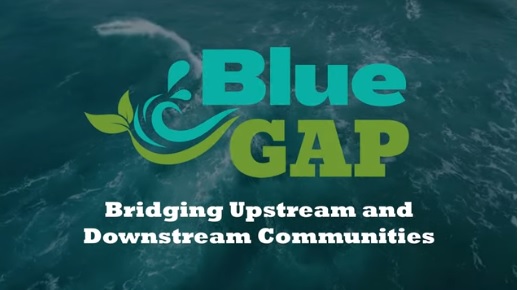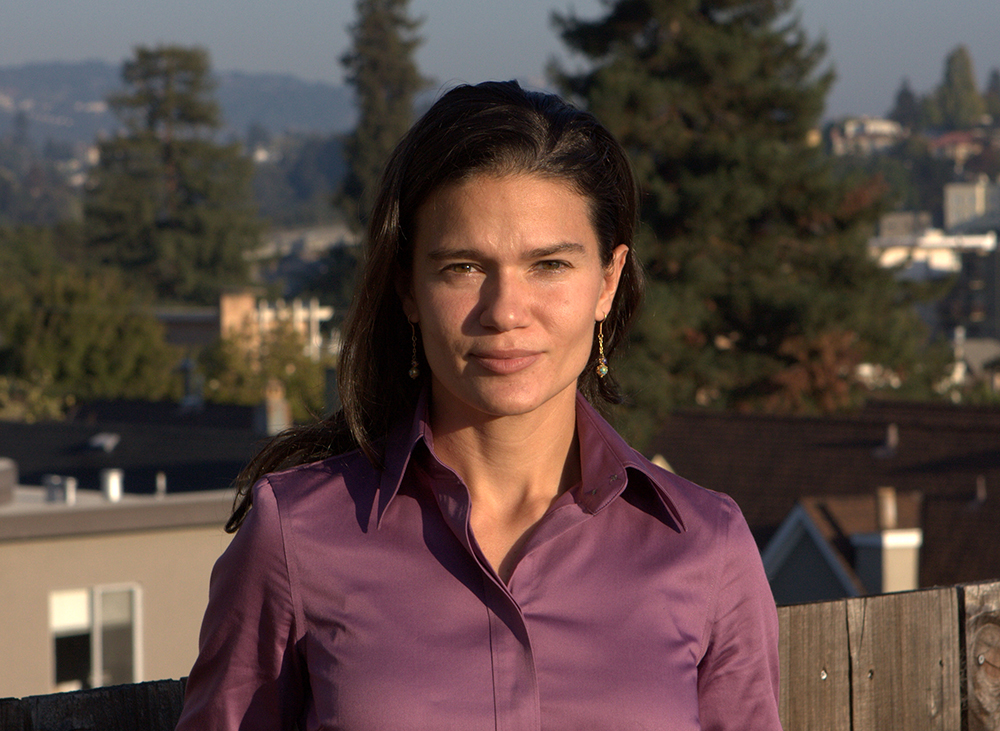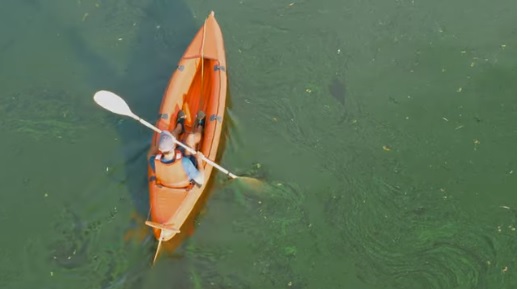Stetson Law Joins Innovative Effort to Fight Nitrogen Pollution in Key Waterways

Thanks to a recent grant, environmental law experts from Stetson College of Law have joined a multidisciplinary effort to shed light on an urgent but little-known environmental challenge: nitrogen pollution.
The project, BlueGAP, brings Stetson Law’s Jacobs Law Clinic for Democracy and the Environment and the Institute for Biodiversity together with experts from four other institutions. Harnessing a variety of disciplines, their collaboration will present a holistic, visually engaging look at nitrogen pollution, how it affects communities, and how changes to public policy can lessen its impacts.
Confronting a rampant challenge

This work has been made possible with help from a National Science Foundation grant, and Stetson Law Professor Jaclyn Lopez said the team is eager to get started.
Nitrogen pollution, which is caused by such factors as runoff from mass-scale meat-production facilities and other agricultural operations, can lead to negative consequences like fish kills, dead zones, and unsafe conditions for water-based recreation. All of these can be detrimental to local communities whose economies are directly tied to clean waterways.
“Nitrogen pollution may not be well-known by that name, but we see its devastating effects right here in Tampa Bay and in watersheds throughout the world,” Lopez said. “Rampant industrial pollution and unchecked runoff from agriculture and sprawl lead to significant nitrogen pollution of our rivers and coastlines, which fuel out-of-control algae blooms and fish kills. Helping people see – and care about – these relationships is the only way to combat nitrogen pollution.”
Lopez will work with Law Professor and co-director of Stetson Law’s Institute for Biodiversity Law and Policy Royal Gardner as well as Foreman Biodiversity Fellow Katherine Pratt. Stetson Law’s work will inform policy solutions and help communities advocate for environmental justice.
“Through BlueGAP, Stetson Law’s Jacobs Law Clinic and Institute for Biodiversity Law and Policy will develop and disseminate policy solutions that will empower communities to fight nitrogen pollution and secure a brighter future,” Lopez said.
An intersectional approach
While Stetson Law’s contribution to the project will offer concrete, real-world answers to questions of how to adequately manage nitrogen pollution and its effects, partner organizations are lending expertise in ecological data, mapping, civil engineering, graphic design, and other areas to help present an easy-to-understand picture of nitrogen pollution and how it affects them.

The University of South Florida is the project’s lead institution; other partners include the University of Iowa, Black in Marine Science, and the Tampa Bay Estuary Program. Geographically, their work will focus on three watersheds in Iowa, Florida, and the U.S. Virgin Islands with the intent of showcasing the project’s ability to work at varying scales.
“Our blue-green research efforts combine storytelling and data to make it easier for people to see how nitrogen pollution affects their health and livelihoods, and how to take actions that improve how nitrogen is managed whether at local, regional, national, or international scales,” said Maya Trotz, a professor of civil and environmental engineering from University of South Florida who is BlueGAP’s principal investigator.
Trotz added that the team’s highly interdisciplinary nature will help “bring an out-of-the-box, people-centered solution” to frontline communities who bear the brunt of negative impacts of nitrogen pollution.
Learn more about BlueGAP and Stetson Law’s Institute for Biodiversity Law and Policy.
Post date: Nov. 17, 2022
Media contact: Kate Bradshaw
[email protected] | 727-430-1580